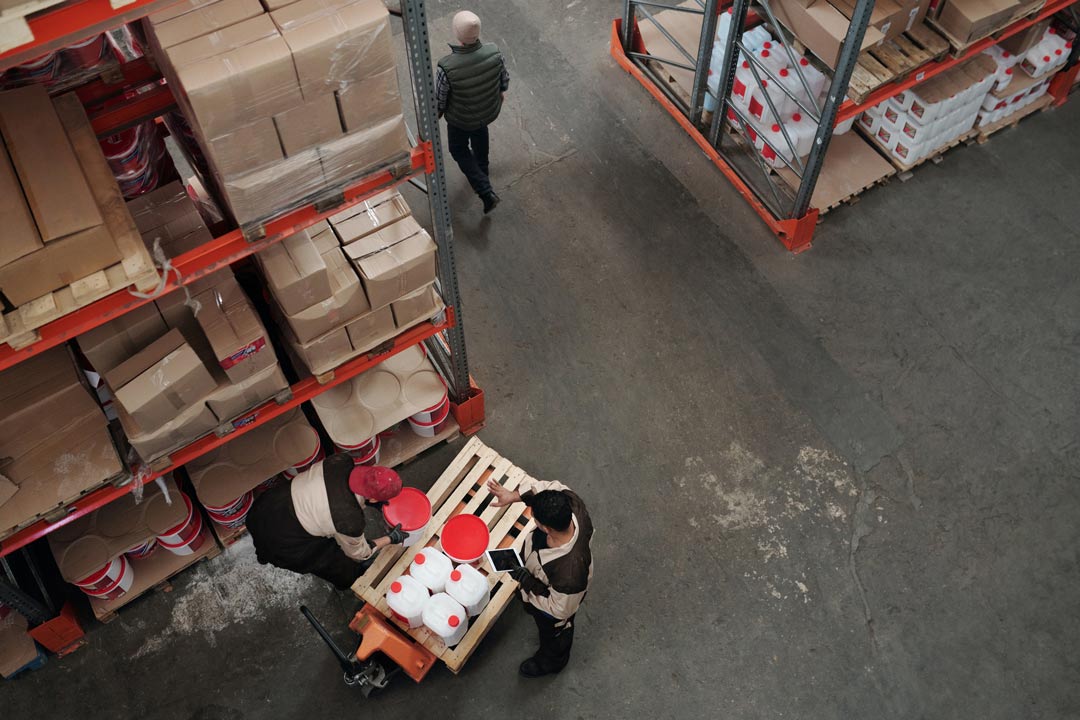China Exports Soared, Raw Materials in Short Supply
In 2020, China’s export share exceeded 18%, a record high. When the export commodity situation is very good, there is a shortage of raw materials.
Guangdong Province is a concentrated production area for China’s export furniture production. There are hundreds of furniture production and export companies gathered here. Mr. Zhong, the owner of a furniture factory in Guangdong Province, said that just after New Year’s Day 2021, he urged the head of the purchasing department to snap up another batch of leather materials. Mr. Zhong said that last year’s business was full of happy troubles. Since the third quarter of 2020, export orders have skyrocketed. For this reason, he has increased the production line, but the leather necessary for sofas has been in short supply.
Mr. Zhong said that in 2020, the overall order growth will reach more than 30%. Leather materials are purchased from Brazil, Vietnam, India, Italy, including China. The entire epidemic in the first half of 2020 has prevented foreign leather materials from entering, and the number of imported leather materials is very small, which affects his production. If he does not prepare the raw materials in advance, and waits for an order to purchase leather raw materials from the supplier, the delivery cycle will be prolonged, so these materials must be purchased in advance, even if there is no order.
Mr. Zhong’s furniture factory used to receive orders before purchasing leather. Nowadays, because of tight supply and poor logistics, they can only go upstream to stock up early. His order was received in June this year. In order to eliminate the impact of the shortage of raw materials, he has increased the inventory of raw leather to July this year.
Not only leather, but also raw materials for furniture production like sponge and wood are now in demand. In a wood storage area in Mr. Zhong’s furniture factory, these wood imports come from Russia, with a volume of about 30 cubic meters, which can make about 400 sofas. These woods came in two days ago and will be used up within a week.
China’s foreign trade business model is to process imported raw materials, make them into commodities and export them. At the port of Shunde City, Guangdong Province, the import of raw materials such as wood and steel has seen rapid growth.
Mr. Li, a customs officer in Guangzhou, China, told reporters that the export situation of household appliances and furniture in Guangdong is good. Export volume from January to November 2020 compared with the same period in 2019, home appliances increased by 11.9%, furniture increased by 7.1%, lamps and containers increased by 14.8%. Imports of raw materials such as steel and wood increased accordingly, and the volume of imports increased by 30.3% and 3.3% respectively compared with 2019.
According to data from the General Administration of Customs of China, in the first 11 months of 2020, country’s imports of various bulk commodities have increased year-on-year. Among them, imported iron ore was 1.073 billion tons, a year-on-year increase of 10.9%; primary shapes of plastics were 37.276 million tons, a year-on-year increase of 11.5%; steel products were 18.859 million tons, a year-on-year increase of 74.3%.
Price Increase in Raw Materials
In addition to the shortage of imported raw materials, China’s domestic raw materials have also experienced relatively large price fluctuations in recent months, which have also brought greater challenges to enterprises.
Mr. Ni, the head of a household products company in Jiangsu Province, said that polyether is the main raw material for the production of sponges and other products. Since the second half of 2020, the rapid increase in polyether prices has been affecting the production progress of their enterprises. The sharp fluctuations in the prices of raw materials in recent months have caused great instability in their production and sales. What makes him feel helpless is that small and medium foreign trade companies like them have weak bargaining power.
In this regard, domestic experts in China suggest that small and medium-sized enterprises should develop in a group, concentrate on procurement, and at the same time maximize the forward-looking nature of their procurement plans. This will help increase bargaining power and reduce procurement costs.
As the consumption in China’s domestic market picks up, product sales are no longer a problem, but the cost of imported raw materials remains high, making many foreign trade companies feel more uncertain.
A Chinese foreign trade company that produces cosmetics uses online live broadcast to sell products. The person in charge of the company said that their overseas orders have declined in recent times, but domestic orders are increasing at a rate of more than 5 times with the promotion of online platforms. However, this growth rate still cannot keep up with the price increase of raw materials. Carbomer (one of the main raw materials for cosmetics) is an imported raw material. During the outbreak, the price was about 8 times more expensive than before. Although the price of Carbomer has gradually fallen back to about twice its original price recently, the pressure is still great for them whose net profit is only about 10%. The epidemic has significantly slowed shipping speeds, and foreign suppliers are also increasing prices.
Since the second half of 2020, the price of bulk raw materials has risen sharply, covering a wide range, and increased many rounds. According to data from the National Bureau of Statistics of China, in November 2020, the purchase price index and ex-factory price index of China’s main raw materials were 62.6% and 56.5%, which were 3.8 and 3.3 percentage points higher than the previous month, both of which were high points during the year.
(The above information comes from China Central Television)

